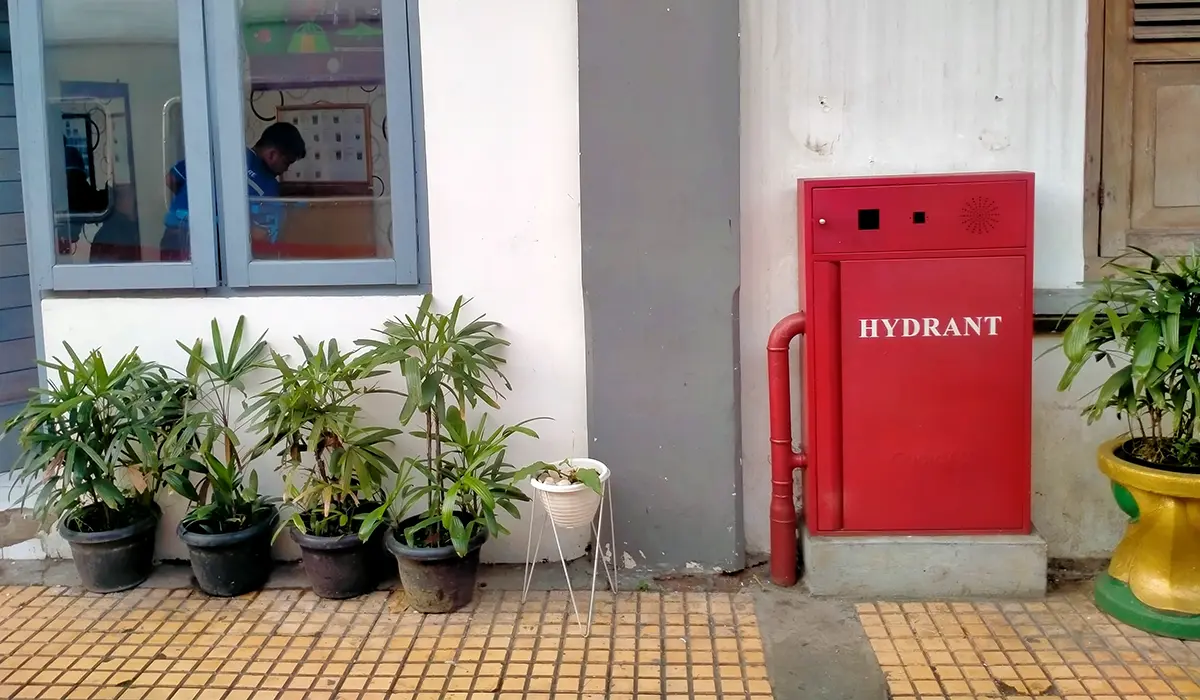
Types of Fire Hydrant Inspections: Flow Testing, Pressure Testing, and Visual Checks
Fire hydrants are a critical component of public safety infrastructure. They provide firefighters with immediate access to water during emergencies, and as such, their operational integrity is essential. Routine fire hydrant inspections help ensure they are functional, compliant with safety codes, and ready for use. This article explores the three primary types of fire hydrant inspections: flow testing, pressure testing, and visual checks.
1. Flow Testing
Flow testing measures the actual water flow available from a fire hydrant and determines if the hydrant can deliver the required volume of water in case of a fire. This is one of the most important types of testing for fire hydrants and is usually conducted annually or semi-annually depending on local regulations.
Purpose of Flow Testing
- To verify water supply capabilities.
- To evaluate pressure loss during usage.
- To detect obstructions, corrosion, or valve failures.
- To assess whether nearby hydrants can handle increased demand.
Flow Testing Procedure
Typically, two hydrants are used for this process. One hydrant is opened to flow water, and the other is fitted with pressure gauges to measure static and residual pressures. The flow rate is calculated using standard formulas that factor in nozzle size, pressure drop, and other variables.
Why Flow Testing Matters
Inadequate flow during a fire emergency can be catastrophic. Flow testing provides vital data that helps municipalities, water departments, and fire departments make decisions about water system upgrades and fire readiness. The results are also often used to calibrate fire modelling systems for buildings.
2. Pressure Testing
Pressure testing ensures the hydrant can maintain the necessary pressure under load and identifies any leakage or weaknesses in the system. While often performed in conjunction with flow testing, it has its own set of procedures and importance.
Purpose of Pressure Testing
- To determine the integrity of seals and gaskets.
- To check for leaks or structural weaknesses.
- To ensure the hydrant can withstand operational pressures without failure.
Pressure Testing Methods
A hydrant is pressurised to a specific PSI (typically higher than the normal operating pressure) and monitored over a period of time. Any loss of pressure indicates potential problems such as internal leaks or compromised seals. This test may involve isolating the hydrant from the main system to avoid pressure drops affecting surrounding areas.
Benefits of Pressure Testing
Regular pressure testing helps prevent unexpected failures during emergencies. It also supports preventive maintenance by detecting early signs of wear and tear that could otherwise go unnoticed until failure occurs during a real event.
3. Visual Checks
Visual inspections are the most basic but equally important type of hydrant inspection. They are typically performed more frequently—monthly or quarterly—and serve as the first line of defence in hydrant maintenance.
Key Aspects of a Visual Check
- Checking for physical damage, rust, or corrosion.
- Ensuring that caps are present and functional.
- Verifying that the hydrant is easily accessible and free from obstructions like vegetation or snow.
- Inspecting for signs of tampering or vandalism.
Why Visual Checks Are Crucial
Even a perfectly functional hydrant is useless if it’s blocked, damaged, or improperly marked. Routine visual inspections ensure hydrants are not only operational but also visible and accessible in emergencies. They also provide a quick way to flag potential problems for more in-depth testing.
Conclusion
Each type of fire hydrant inspection—flow testing, pressure testing, and visual checks—plays a critical role in maintaining a dependable emergency water supply system. Together, they ensure that fire hydrants remain reliable assets in the fight against fire and protect lives and property. Municipalities and property owners alike should prioritise these inspections as part of their safety and compliance programs. Ignoring hydrant maintenance is not just a code violation—it’s a risk to public safety.
For more information on Fire Hydrant Testing Support contact Total Safe UK.
